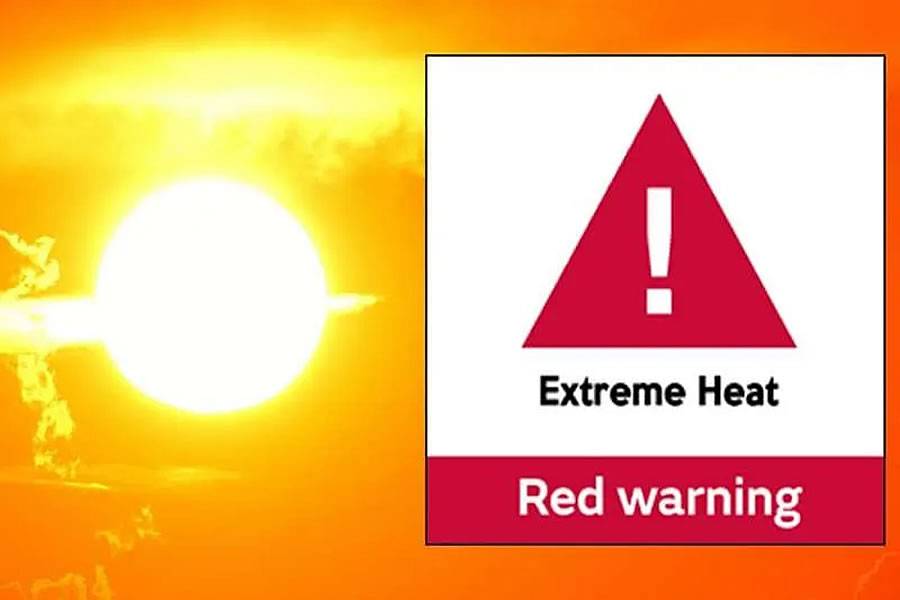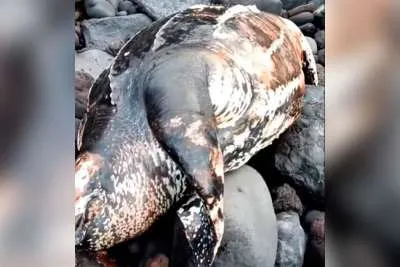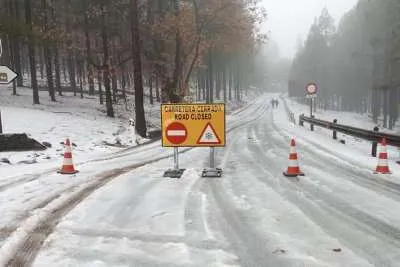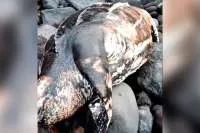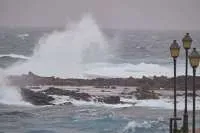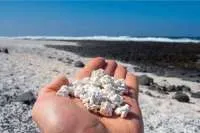Weather warnings are increased to red alert in Gran Canaria and orange in Tenerife
- 26-06-2023
- National
- AEMET .
The Ministry of Health has issued a red alert for high temperatures on June 27th, 28th, and 29th in the municipalities of Agüimes, Mogán, San Bartolomé de Tirajana, Santa Lucía de Tirajana, and Aldea de San Nicolás in Gran Canaria as the first heatwave of the summer hits the Canary Islands.
This is one of the warnings activated this morning (Monday) by the General Directorate of Public Health, which corresponds to the Preventive Action Plan for the Effects of Excess Temperatures on Health on different islands, with the aim of reducing the effects that excessive temperatures have on people and to coordinate the institutions and emergency services involved in the Canary Islands.
ALERTS BY ISLAND:
in Gran Canaria an orange alert has also been issued for June 27th, 28th and 29th in Artenara, Ingenio, Santa Brígida, Tejeda, Telde, Valsequillo and Vega de San Mateo.
In Tenerife there is an orange warning in force on June 27th and 28th in Arona, Granadilla de Abona, La Orotava, San Miguel de Abona, and Vilaflor.
In Fuerteventura there is an orange warning on June 27th and 28th in Pájara, and a yellow warning in Antigua, Puerto del Rosario, and Tuineje.
Finally, in Lanzarote there is a yellow warning on June 27th and 28th in San Bartolomé and Tías.
The General Directorate of Public Health, which has coordinated the Action Plan since 2004, has established an epidemiological surveillance system of the impact of high temperatures on the health of the population, coordinated with the care and emergency centres of the Canary Islands.
For the assignment of risk levels, an algorithm has been established that includes the expected maximum temperatures, threshold temperatures, and risk factors. The temperature thresholds, established in 2023, are 33 degrees Celsius for the province of Las Palmas and 34 degrees Celsius for that of Santa Cruz de Tenerife.
Based on this algorithm, based on the expected maximum temperatures, the established threshold, the number of days of persistence, which is specified in a minimum of three, and the risk factors of each territory, four risk levels are determined:
◦ Level 0 (green), no risk.
◦ Level 1 (yellow), low risk.
◦ Level 2 (orange), medium risk.
◦ Level 3 (red), high risk.
The recommendations for the vulnerable population, especially those over 65 years old, young children, and pregnant women, are to stay in cool and shaded places for as long as possible, and avoid physical activity.
They also advise drinking water or liquids frequently, even if you don't feel thirsty, and regardless of the physical activity you perform, to avoid caffeinated, alcoholic, or highly sugary drinks, as they can promote dehydration.
In addition, special attention should be paid to babies, minors, pregnant or lactating women, as well as the elderly or those with diseases that can be aggravated by heat such as heart disease, kidney disease, diabetes, hypertension, obesity, cancer, pathologies that hinder mobility, dementia and other mental illnesses, as well as drug or alcohol abuse.
Likewise, light, loose-fitting clothing that allows perspiration should be worn and no one should be left in a parked and closed vehicle, especially children, the elderly, or those with chronic illnesses.
The Ministry of Health also advise that you contact a doctor if symptoms last more than an hour that may be related to high temperatures, and recommends eating light meals that help replace the salts lost through sweat, such as salads, fruits, vegetables and juices.
Another recommendation is to keep medicines in a cool place, as heat can alter their composition and effects.
Other articles that may interest you...
Trending
Most Read Articles
Featured Videos
A Vision of Elvis Tenerife Promo
- 10-05-2025
TEAs 2025 Highlights
- 17-11-2025


